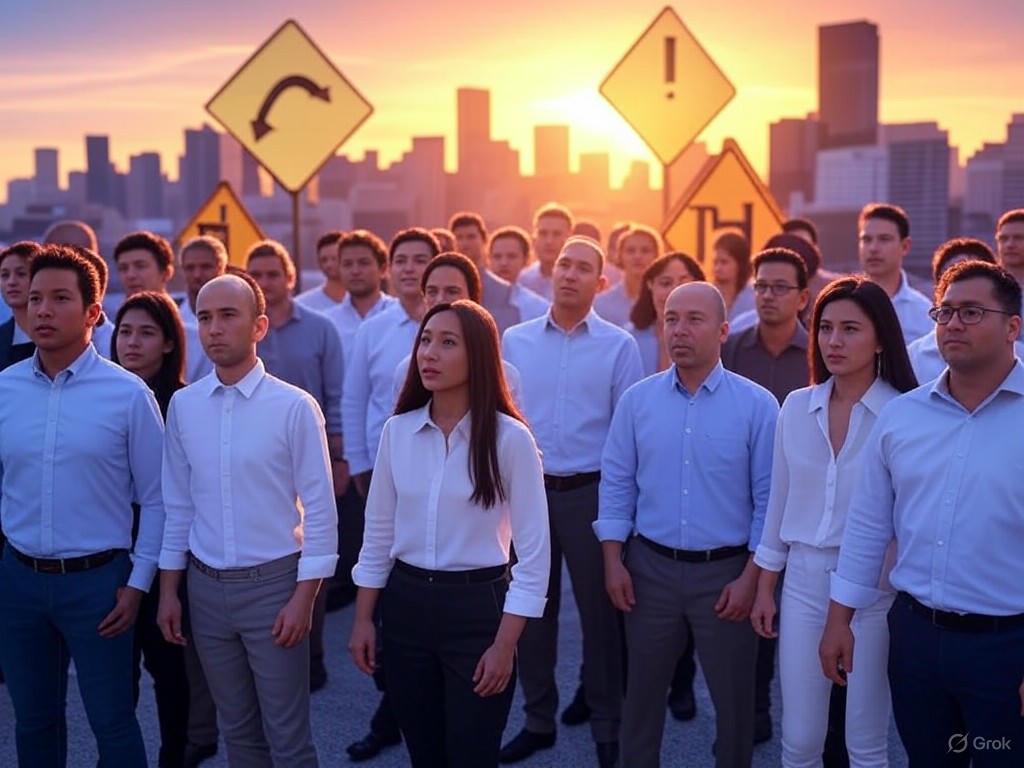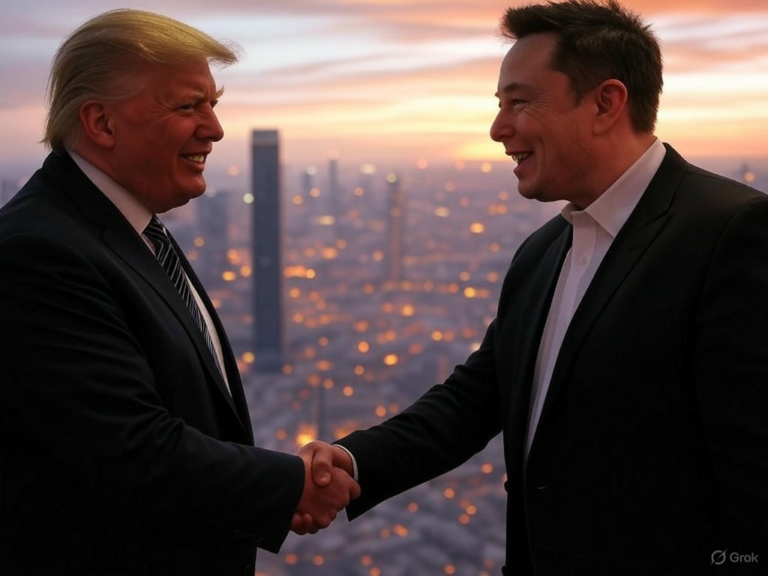
Foreign Investors Hesitant on US Investments, Expert Warns
The Growing Uncertainty in Foreign Investment for 2025
Foreign investment has fueled the US economy for decades, sparking innovation and creating thousands of jobs. But as we step into 2025, a wave of caution is sweeping through international markets. Have you noticed how shifting policies are making foreign investors think twice before diving into US opportunities?
This hesitation stems from a mix of regulatory changes and global events, potentially slowing down the influx of capital. For instance, experts point out that foreign investment, once a reliable driver of growth, now faces barriers that could alter business landscapes. According to recent data, these trends might reduce inflows by as much as 15-20% in key sectors, highlighting why foreign investment is at a crossroads.
Stricter Investment Screening and Its Impact on Foreign Investment
The US government’s tougher stance on investment screening is a major reason behind the slowdown in foreign investment. Organizations like the Committee on Foreign Investment in the United States (CFIUS) are expanding their reach, reviewing deals in areas like technology, infrastructure, and even agriculture to protect national security.
- Expanded oversight in high-tech fields such as semiconductors and AI, where foreign entities are now under the microscope.
- Increased focus on investments from countries seen as competitors, particularly China, raising red flags for potential risks.
- New legal tools that limit foreign ownership in sensitive areas, adding layers of approval processes.
While these steps aim to safeguard the US economy, they could unintentionally deter foreign investment from allies too. Imagine a European firm holding back on a promising US tech deal just because of the added scrutiny—it’s happening more often, and experts warn it might stifle overall foreign investment flows. A study from the Atlantic Council emphasizes how this regulatory push could backfire, potentially cutting off vital capital streams.
Geopolitical Tensions Shaping Foreign Investment Dynamics
Amid rising geopolitical rivalries, especially between the US and China, foreign investment is becoming a high-stakes game. Policies are evolving quickly, with restrictions on Chinese acquisitions and tighter controls on technology transfers. This isn’t just about one country; it’s reshaping how global players approach the US market.
For foreign investors, the uncertainty means weighing long-term benefits against immediate risks. Could your next investment turn into a geopolitical tangle? Experts suggest that while these measures prioritize security, they add complexity that might divert foreign investment to more welcoming regions.
Effects on Global Foreign Investment Flows
Globally, foreign investment is expected to tick upward in 2025, but the US picture is more complicated. Factors like economic trends, sector shifts, and regulatory unpredictability are at play, influencing where capital goes next. For example, volatile currency markets and inflation could make US assets less appealing compared to stable alternatives.
- Economic indicators such as GDP growth and inflation rates, which directly affect foreign investment decisions.
- Shifts in sectors like green energy and infrastructure, where demand is high but regulations are tightening.
- The rising influence of private equity and sovereign funds, seeking safer bets amid global uncertainty.
Despite the US’s strong fundamentals, foreign investment growth might not match past levels. UNCTAD’s latest report projects moderated gains, urging investors to adapt. What if foreign investment patterns shift permanently—could emerging markets overtake the US as the go-to destination?
Expert Views on What’s Causing Caution in Foreign Investment
Policy analysts break down the key drivers of this foreign investment slowdown. Heightened regulatory risks, for one, mean deals face more hurdles than ever, with CFIUS reviews extending timelines and increasing costs.
- Rapid policy changes that amplify uncertainty, making foreign investment feel like a gamble.
- Escalating US-China tensions, forcing investors to scrutinize cross-border ties more closely.
- Disruptions from tariffs and supply chain issues, which complicate long-term foreign investment strategies.
- Complex compliance requirements that slow down processes and deter newcomers to the US market.
These elements are creating a noticeable chill, as noted in analyses from trusted sources. Think about it: If foreign investment dries up in critical areas, how will that affect innovation and job creation? Experts like those at the Atlantic Council argue that while politically motivated, these policies could have unintended consequences for foreign investment vitality.
Comparing Foreign Investment Prospects: US vs. Global Markets
When you look at foreign investment opportunities worldwide, the US isn’t the only player. Let’s compare how different regions stack up in 2025.
| Region | 2025 Foreign Investment Outlook | Key Growth Factors |
|---|---|---|
| United States | Moderate, with regulatory hurdles tempering enthusiasm | Strong innovation but increased screening challenges |
| European Union | Potential for strong rebound from recent lows | Economic recovery and attractive incentives |
| Emerging Markets (e.g., ASEAN, Latin America) | Rapid growth driven by supply chain shifts | Policy reforms and proximity to key economies |
According to UNCTAD, regions with proactive reforms might outpace the US in attracting foreign investment. This could prompt investors to diversify, asking themselves: Where will foreign investment yield the best returns without the red tape?
Spotting Opportunities in Foreign Investment Despite the Challenges
Even with obstacles, foreign investment in the US isn’t fading away—it’s just evolving. Sectors like technology, green energy, and healthcare are still magnets for capital, aligning with US strategic goals.
- Innovations in AI and tech, where foreign investment can fuel breakthroughs.
- Sustainable projects in green energy, offering long-term stability.
- Advancements in healthcare and manufacturing, drawing interest from global players.
For example, a hypothetical scenario: A European company partners on a US green energy project, navigating regulations successfully to gain a foothold. This shows how targeted foreign investment can thrive, as outlined in White House policies encouraging secure inflows.
Strategic Tips for Navigating Foreign Investment in the US
If you’re considering foreign investment in the US, here’s some practical advice to stay ahead. First, keep tabs on regulatory updates, especially from CFIUS, to avoid surprises.
- Team up with local experts who understand the nuances of foreign investment compliance.
- Target industries with lower scrutiny, where foreign investment flows more freely.
- Build flexible plans that can adapt to economic shifts and policy changes.
By following these steps, you can minimize risks and maximize opportunities—think of it as a roadmap for successful foreign investment in uncertain times.
Looking Ahead: A Balanced Future for Foreign Investment
As the US balances security with openness, foreign investment will continue to play a pivotal role, albeit with caution. The country’s resilient economy and innovative spirit remain draws, but adapting to the new landscape is key.
In the end, savvy investors who align with US priorities could find rewarding paths forward. What are your thoughts on these trends—how might they affect your own strategies? We invite you to share in the comments, explore more on our site, or connect with experts for deeper insights.
References
1. Delphos International. “US Aid Shift 2025: How Emerging Markets Investors Can Capitalize on New U.S. Investment Trends.” Link
2. Kearney. “Foreign Direct Investment Confidence Index 2025 Full Report.” Link
3. IMF. “Foreign Direct Investment Increased to a Record $4.1 Trillion.” Link
4. BlackRock. “Investment Institute Outlook.” Link
5. UNCTAD. “World Investment Report 2025.” Link
6. ITIF. “China Is Rapidly Becoming a Leading Innovator in Advanced Industries.” Link
7. White House. “America First Investment Policy.” Link
8. Atlantic Council. “Investment Screening Reform May Stifle International Investment in US.” Link
foreign investment, US economy, CFIUS, investment screening, global FDI, foreign investors, US investments, expert warnings, geopolitical tensions, economic dynamics







